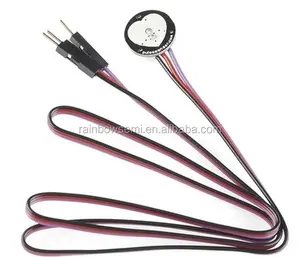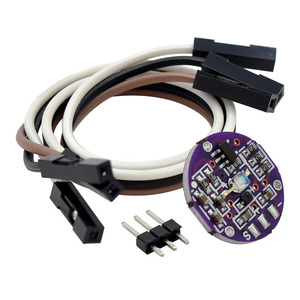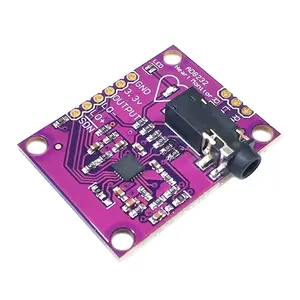Pulse Sensor






 1/4
1/4




 1/1
1/1






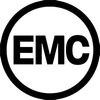



 1/24
1/24



 1/1
1/1




 0
0






 1/13
1/13











 1/3
1/3




 1/3
1/3


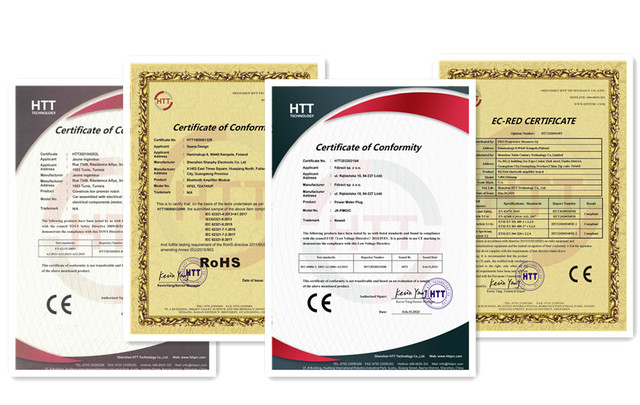

 1/3
1/3









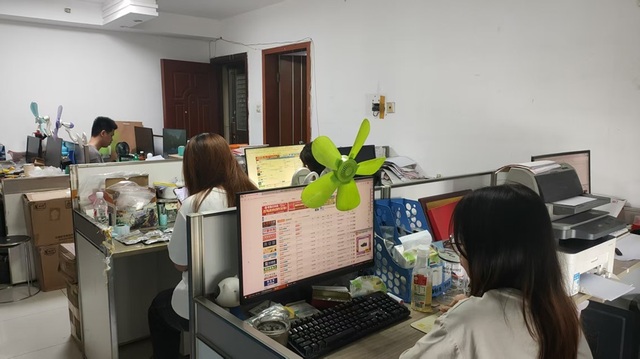

 1/2
1/2



 0
0


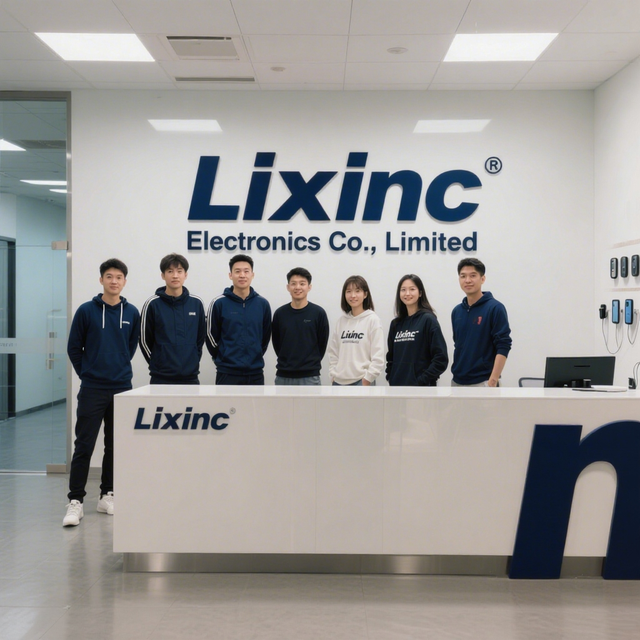
 1/1
1/1




 1/3
1/3


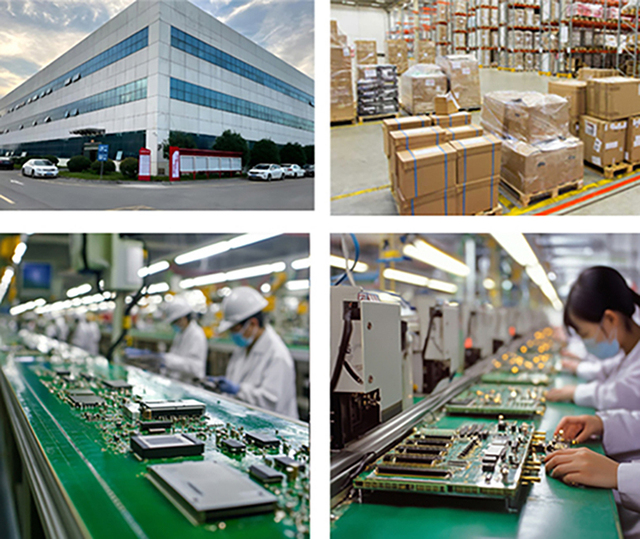

 1/3
1/3







 1/4
1/4




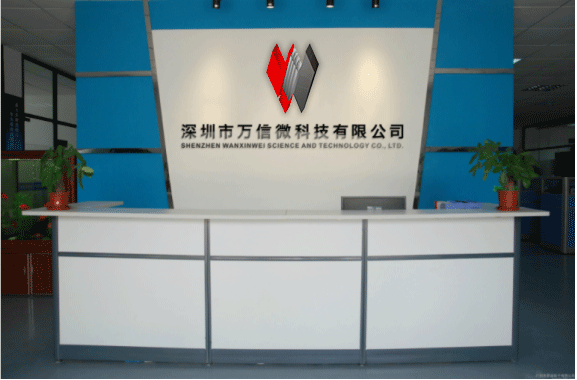

 1/3
1/3




 1/3
1/3



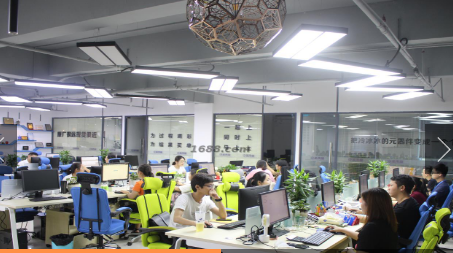

 1/3
1/3
About pulse sensor
Where to Find Pulse Sensor Suppliers?
China remains the central hub for pulse sensor manufacturing, with key production clusters in Shenzhen and Chengdu enabling rapid development and scalable output. These regions host vertically integrated electronics supply chains, combining semiconductor sourcing, PCB assembly, and firmware integration within compact industrial ecosystems. Shenzhen’s proximity to component distributors and contract manufacturers allows for agile prototyping and low-latency revisions, while Chengdu’s focus on optoelectronics and laser-based sensing supports specialized high-precision modules.
The concentration of technical expertise and supporting infrastructure enables suppliers to maintain lean lead times—typically 7–15 days for standard orders—and respond quickly to customization requests. Buyers benefit from localized access to test equipment, calibration labs, and packaging facilities, reducing dependency on external vendors. This ecosystem supports cost efficiency, with many suppliers offering sub-$2 unit pricing at volume, alongside flexibility for small-batch procurement due to minimal setup requirements.
How to Choose Pulse Sensor Suppliers?
Selecting a reliable supplier requires evaluating technical capability, transaction reliability, and quality control systems:
Technical Validation
Confirm compatibility with intended applications by reviewing IC specifications (e.g., MAX30100, MAX30102, XD-58C). Verify signal processing capabilities, including sampling rate, noise filtering, and analog-to-digital conversion resolution. For medical or wearable use cases, ensure compliance with relevant standards such as RoHS and REACH. While formal certifications like ISO 13485 are not widely declared in available data, prioritize suppliers who document testing procedures for heart rate accuracy and blood oxygen saturation (SpO₂) measurement stability.
Production & Customization Capacity
Assess supplier flexibility based on stated offerings:
- Minimum Order Quantity (MOQ) ranging from 1 piece to 10+ pieces indicates scalability for R&D or mass production
- Customization options may include firmware tuning, mechanical form factor adjustments, or integration support for microcontrollers (Arduino, ESP32, etc.)
- Suppliers with engineering teams can provide technical documentation, SDKs, and application notes to accelerate integration
Cross-reference response time (as short as ≤1 hour) and on-time delivery rates (up to 100%) as indicators of operational maturity and order management discipline.
Transaction Reliability Indicators
Analyze behavioral metrics derived from transaction history:
- On-time delivery rates ≥98% correlate with stable production scheduling
- Reorder rates below 20% suggest consistent customer satisfaction; higher rates (≥21%) may indicate niche specialization or aggressive pricing
- Response times under 2 hours reflect dedicated sales or technical support teams
Platforms enable verification through historical revenue data and buyer feedback, which should be reviewed alongside product-specific performance claims.
What Are the Best Pulse Sensor Suppliers?
| Company Name | Location | Main Products | Price Range (USD) | Min. Order | On-Time Delivery | Avg. Response | Online Revenue | Reorder Rate |
|---|---|---|---|---|---|---|---|---|
| Shenzhen Shiji Chaoyue Electronics Co., Ltd. | Shenzhen, CN | MAX30100, Heart Rate Modules | $0.60–0.99 | 10 pcs | 100% | ≤7h | $70,000+ | <15% |
| Ruishengda Information Technology Co., Limited | Shenzhen, CN | MAX30102, XD-58C Sensors | $0.88–2.90 | 1 pc | 100% | ≤2h | $20,000+ | <15% |
| Chengdu Meskernel Integrated Technology Co., Ltd. | Chengdu, CN | Laser TOF, Long-Range Pulse Sensors | $83.90–146.20 | 1–5 pcs | 100% | ≤2h | $10,000+ | <15% |
| Shenzhen Baiyangxuan Electronics Co., Ltd. | Shenzhen, CN | PulseSensor, MAX30100/30102 Modules | $1.05–2.30 | 1–100 pcs | 98% | ≤1h | $50,000+ | 18% |
| Shenzhen Hongtai Shengye Technology Co., Ltd. | Shenzhen, CN | Low-Cost Pulse Sensors, ICs | $0.10–0.50 | 1 pc | 96% | ≤1h | $20,000+ | 21% |
Performance Analysis
Shenzhen-based suppliers dominate in responsiveness and pricing competitiveness, with three companies achieving sub-2-hour average response times and MOQs as low as one unit. Shenzhen Shiji Chaoyue leads in online revenue ($70,000+), indicating strong market presence and distribution capacity. Ruishengda and Baiyangxuan demonstrate balanced performance across delivery reliability (100% and 98%, respectively) and technical breadth, offering multiple sensor variants including MAX30102 and open-source compatible designs.
Chengdu Meskernel stands out for high-end applications, providing long-range time-of-flight (TOF) pulse sensors priced above $80, suggesting targeting of industrial or surveying markets rather than consumer wearables. Despite higher entry cost, its 100% on-time delivery and customization capabilities in laser integration and RS485 output signal formatting offer differentiation for engineered systems.
Shenzhen Hongtai Shengye offers the lowest price point ($0.10 per unit), making it suitable for cost-driven projects, though its 96% on-time delivery rate and 21% reorder rate warrant closer scrutiny of quality consistency.
FAQs
How to verify pulse sensor supplier reliability?
Evaluate on-time delivery performance, response latency, and transaction volume as proxies for operational stability. Request technical documentation such as datasheets, pinouts, and sample code. For critical applications, conduct functional testing on initial batches to validate signal accuracy and environmental robustness.
What is the typical lead time for pulse sensor orders?
Standard orders are typically fulfilled within 7–15 days. Suppliers with in-house inventory of ICs and pre-assembled modules can ship faster, especially for MOQs under 100 units. Custom configurations may require additional time for firmware adaptation or mechanical redesign.
Can I request customization for pulse sensors?
Yes, several suppliers list customization options including color coding, labeling, packaging, and integration support. High-end providers offer engineering collaboration for signal processing optimization, communication protocol adjustment (I²C, UART), and form factor modification for wearable or embedded deployment.
Are free samples available?
Many suppliers allow single-piece purchases at near-sample pricing, effectively enabling low-cost evaluation. True free samples are uncommon, but unit costs below $0.50 reduce financial risk during prototype validation.
What are common packaging and integration formats?
Pulse sensors are commonly supplied as PCB-mounted modules with pin headers or flexible cables. Most integrate photodiodes and LEDs with onboard amplification and ADC, designed for direct interfacing with microcontrollers. Wearable-grade sensors often include shielding and optical isolation to minimize motion artifact interference.






































